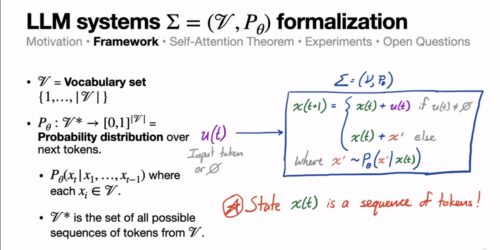I wish I could say I am being overly fretful. I am not.
Language is a fundamental aspect of human communication, shaped by the complex interplay between biology, neurology, psychology, and culture (1). The words we choose depend upon the brain in our head, which is unique to each human, shaped by both genetic evolution and environmental factors, including both organic (of the local biosphere) and experiential influences (nature/nurture, et al). This not only means that what we think and say holds a potential for such impact, but that any intentional shaping of language holds the same.
Orwell’s classic, dystopian novel “1984” postulated that human language would collapse under totalitarian oppression (2). While this prediction has not come to pass in the literal sense, it is clear that the manipulation of language spaces can and will have far-reaching consequences.
The possibilities for distortion of truth, amplification of biases and prejudices, and erosion of empathy are all outcomes of intentional shaping (3); it is demonstrated that we now suffer something of a cognitive saturation resultant of such shaping to date, and it led to today’s breakdown in effective communication, obfuscations of truth, and a general inability to maintain cultural and societal parities that are important to our shared future as a species.
The new threat, however, rests with the potential for machination and manipulation of language spaces that is possible with the advent of large language models and multi-modal models. This threat, which I label as ‘retrolanguage’, can be defined and understood as: The ability to intentionally influence language spaces without understanding the impacts upon the language space and the neurology of the human mind that uses it. Or more pointedly: The ability, via retrolanguage, to intentionally manipulate language space regardless or in spite of dangers and harm to humanity.
It is not an understatement to say that the threat posed by retrolanguage is manifold. It has the potential to undermine our understanding of truth, leading to a world where information distortion is largely invisible. It can amplify stereotypes and attitudes, perpetuating social isolation. It can, quite literally, change and shape the world to its desires and interests. Aggressive attacks on concepts and relationships between words possible via retrolanguage introduce a potential for control and influence free from oversight (or even understanding, given the technology and math in play).
With this ongoing mapping of large language models, multi-modal models, and the research that now applies mathematical theory and number science to them, it is only a matter of time before retrolanguage moves from a potentiality to a reality. The risks should not be overlooked or minimized, and there is a pressing need for them to be immediately mitigated.
This said, mitigation is a need that is broad as well as deep and involved, at minimum, a critical and proactive approach that includes, but may not be limited to:
- Developing Linguistic Literacy: Foster a deeper understanding of language patterns, including syntax, semantics, and pragmatics.
- Promoting Critical Thinking: Encourage individuals to critically evaluate information, recognizing biases and potential manipulations.
- Fostering Empathy and Understanding: Cultivate environments that promote empathy, active listening, and open-mindedness.
- Developing AI-Responsible Practices: Establish guidelines for the development and use of large language models, prioritizing transparency, accountability, and ethical consideration.
Reference and reading:
(1) Pinker, S. (2014). The Language Instinct: How the Mind Creates Language. HarperCollins Publishers.
(2) Orwell, G. (1949). Nineteen Eighty-Four. Penguin Books.
(3) Chomsky, N. (1965). Aspects of the Theory of Syntax. MIT Press.
(5) In R. B. Stemberg, J. C. H. v. d. Wagenmaker, & T. F. E. M. S. L. (Eds.), The psychology of reading and spelling (pp. 241-260). Erlbaum.
(5) Lenneberg, E. G. (1967). Biological foundations of language. John Wiley & Sons.
(6) Ünal, E. and Papafragou, A. (2020), Relations Between Language and Cognition: Evidentiality and Sources of Knowledge. Top Cogn Sci, 12: 115-135. https://doi.org/10.1111/tops.12355
